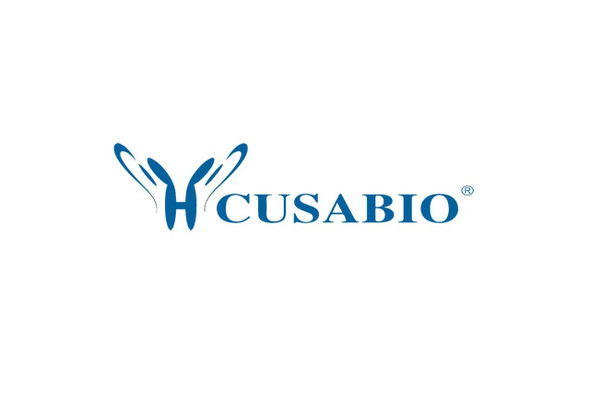Cusabio Mouse Recombinants
Recombinant Mouse Allograft inflammatory factor 1 (Aif1) | CSB-EP001490MO
- SKU:
- CSB-EP001490MO
- Availability:
- 3 - 7 Working Days
Description
Recombinant Mouse Allograft inflammatory factor 1 (Aif1) | CSB-EP001490MO | Cusabio
Alternative Name(s): Ionized calcium-binding adapter molecule 1
Gene Names: Aif1
Research Areas: Others
Organism: Mus musculus (Mouse)
AA Sequence: SQSRDLQGGKAFGLLKAQQEERLEGINKQFLDDPKYSNDEDLPSKLEAFKVKYMEFDLNGNGDIDIMSLKRMLEKLGVPKTHLELKRLIREVSSGSEETFSYSDFLRMMLGKRSAILRMILMYEEKNKEHKRPTGPPAKKAISELP
Source: E.coli
Tag Info: N-terminal 6xHis-tagged
Expression Region: 2-147aa
Sequence Info: Full Length of Mature Protein
MW: 20.8 kDa
Purity: Greater than 90% as determined by SDS-PAGE.
Relevance: Actin-binding protein that enhances mbrane ruffling and RAC activation. Enhances the actin-bundling activity of LCP1. Binds calcium. Plays a role in RAC signaling and in phagocytosis. May play a role in macrophage activation and function. Promotes the proliferation of vascular smooth muscle cells and of T-lymphocytes. Enhances lymphocyte migration. Plays a role in vascular inflammation.
Reference: X-ray structures of the microglia/macrophage-specific protein Iba1 from human and mouse demonstrate novel molecular conformation change induced by calcium binding.Yamada M., Ohsawa K., Imai Y., Kohsaka S., Kamitori S.J. Mol. Biol. 364:449-457(2006)
Storage: The shelf life is related to many factors, storage state, buffer ingredients, storage temperature and the stability of the protein itself. Generally, the shelf life of liquid form is 6 months at -20?/-80?. The shelf life of lyophilized form is 12 months at -20?/-80?.
Notes: Repeated freezing and thawing is not recommended. Store working aliquots at 4? for up to one week.
Function: Actin-binding protein that enhances membrane ruffling and RAC activation. Enhances the actin-bundling activity of LCP1. Binds calcium. Plays a role in RAC signaling and in phagocytosis. May play a role in macrophage activation and function. Promotes the proliferation of vascular smooth muscle cells and of T-lymphocytes. Enhances lymphocyte migration. Plays a role in vascular inflammation.
Involvement in disease:
Subcellular Location: Cytoplasm, cytoskeleton, Cell projection, ruffle membrane, Peripheral membrane protein, Cytoplasmic side, Cell projection, phagocytic cup
Protein Families:
Tissue Specificity: Abundantly expressed in the testis, moderately in the spleen and lymph nodes and at low levels in the liver and thymus. Detected in macrophages.
Paythway:
Form: Liquid or Lyophilized powder
Buffer: If the delivery form is liquid, the default storage buffer is Tris/PBS-based buffer, 5%-50% glycerol. If the delivery form is lyophilized powder, the buffer before lyophilization is Tris/PBS-based buffer, 6% Trehalose, pH 8.0.
Reconstitution: We recommend that this vial be briefly centrifuged prior to opening to bring the contents to the bottom. Please reconstitute protein in deionized sterile water to a concentration of 0.1-1.0 mg/mL.We recommend to add 5-50% of glycerol (final concentration) and aliquot for long-term storage at -20?/-80?. Our default final concentration of glycerol is 50%. Customers could use it as reference.
Uniprot ID: O70200
HGNC Database Link: N/A
UniGene Database Link: UniGene
KEGG Database Link: KEGG
STRING Database Link: STRING
OMIM Database Link: N/A









